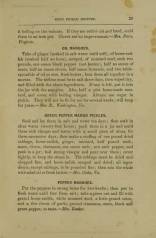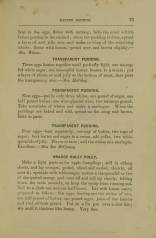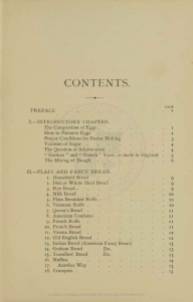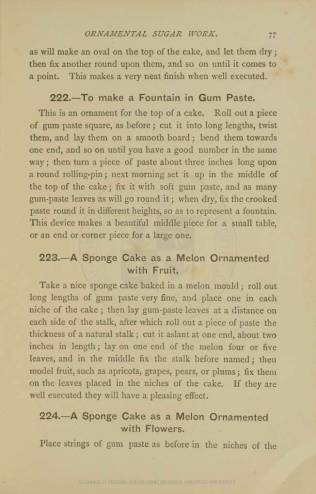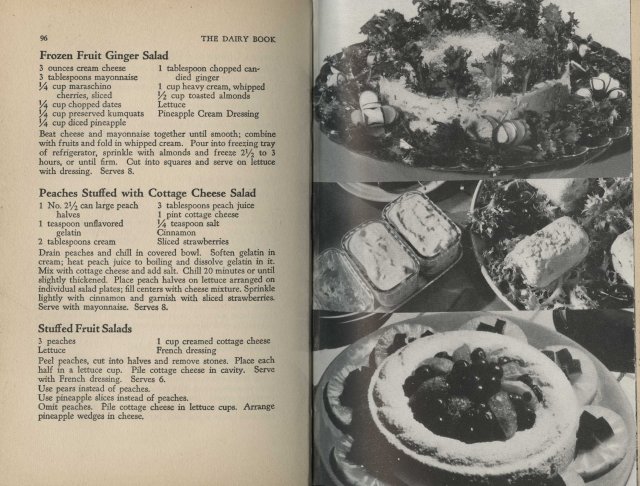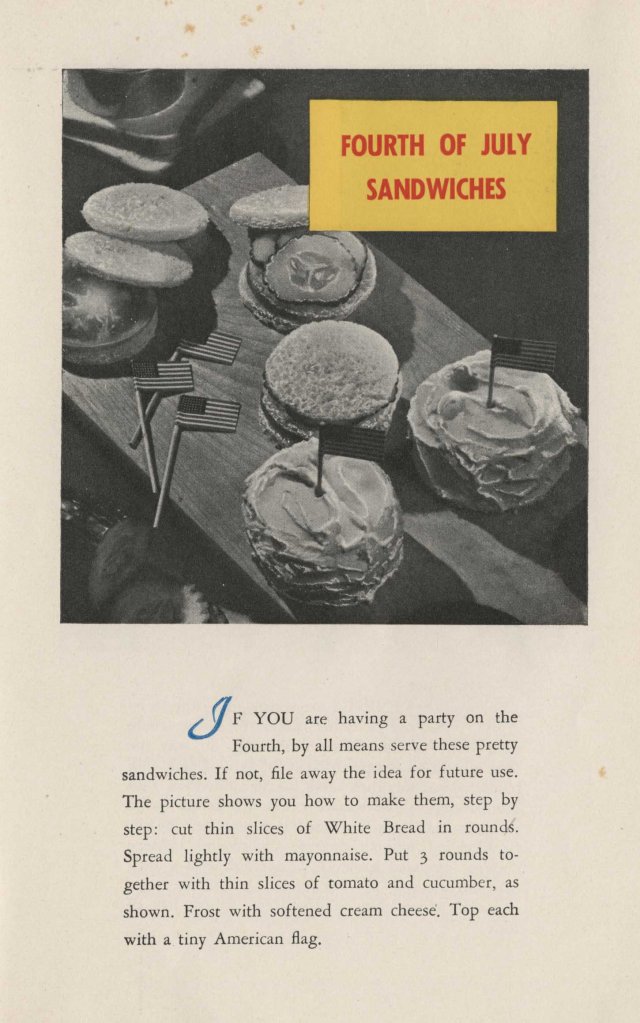This week, I thought we’d look at a manuscript cookbook. At the moment, this particular item is considered unprocessed, but by the time this blog post is over, I’ll probably have done half of the work of describing the collection. So, there may even be a finding aid by the end of the day!
Officially, this manuscript cookbook doesn’t have a title yet. It’s owner/creator, as we can tell from the inscription at the front, was someone named “Doris.” The cookbook was a gift from her mother in 1925. However, we don’t have many other clues as to the identity of Doris. Which, of course, can be the case with manuscript cookbooks. But more on that in a moment.


One of the first things you might notice about this item is the cover. It’s not the original. Rather, a blank notebook (with nice marbled end papers) has been covered with what seems to be wallpaper. It was hand stitched in at the front and back, probably to protect from food debris.

If you’ve spent anytime looking at handwritten recipe books, trends and recipe themes emerge: There is often a preponderance of cakes, cookies, puddings (or, “pudgings” as it appears here), and preserves.
Because some of the pages are already loose and I didn’t want to stress the binding by placing it flat on a scanner, I decided to photograph the pages in today’s post. So, apologies for the addition of fingers and in some cases, less than perfect quality.

Despite my blurry photo, conserves, it seems, are quite easy to make. Case in point:
Rhubarb Conserve
2 Qts cut up rhubard
1 Large Pineapple
2 oranges
2 lbs sugar
boil until thick
One of our only clues about Doris also comes from a folded up sheet of paper stuck inside the cookbook. On one page, there is a recipe for the every-popular moulded salmon or tuna salad. In addition, there are some recipes from a 1964 Randolph Macon Alumnae Association luncheon.
The cheese strata is attributed to Doris Rogers. While I don’t like to make assumptions, it’s possible this is the same owner of the cookbook. Although the cookbook does have a section of cheese recipes, it doesn’t contain a cheese strata (I was hoping to find a match!). Still, this could be a clue I’ll need to follow up on, if I can find some Randolph-Macon history!
After page 165, the rest of this notebook is blank, which also isn’t uncommon when it comes to manuscript receipt books. Sometimes people lose interest, sometimes they begin collecting recipes in another way, sometimes it gets passed on to someone else (who may or may not continue to add to it). It seems that this particular cookbook did get use–there are loose pages from lots of turning and there are definitely some stains suggesting it spent time open in an active kitchen.
The other reason I chose to highlight this item during my 2018 Women’s History Month series is to play against the posts I’ve already done this month. We started with Betty Crocker who, while not an actual person, is an icon. Last week, we looked at some women’s contributions to cocktail history, some of which were obvious, others a little less so. This week was an opportunity to point out that contributions to culinary history do not have to be identified, attributed, or famous. Rather, anyone can create a piece of culinary history that might just have a longer legacy that you expect. We have no reason to believe that Doris was keeping this cookbook for us to be able to share, but now, 93 years later, we have the option to make her recipes once again.
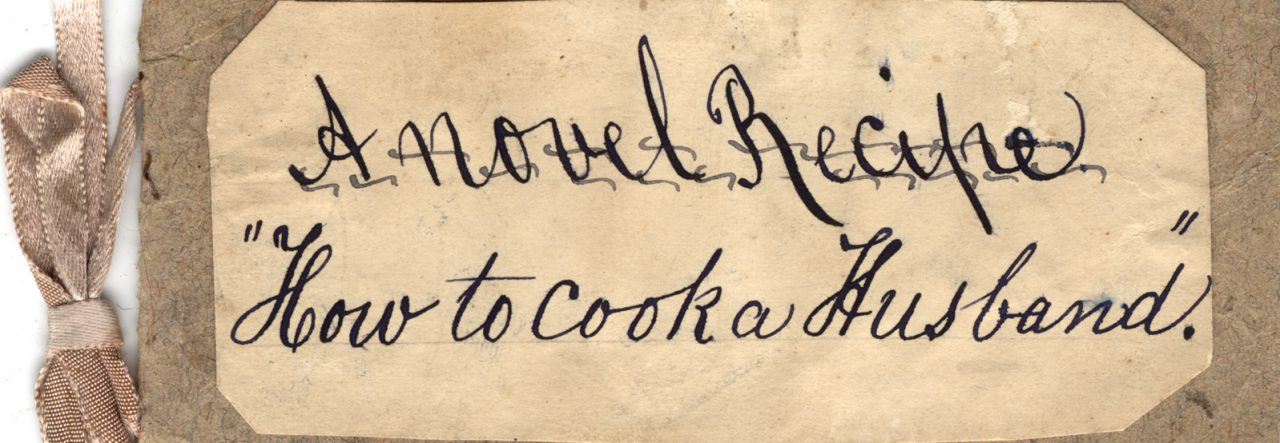



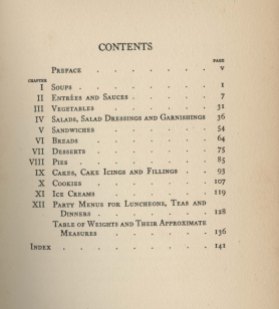








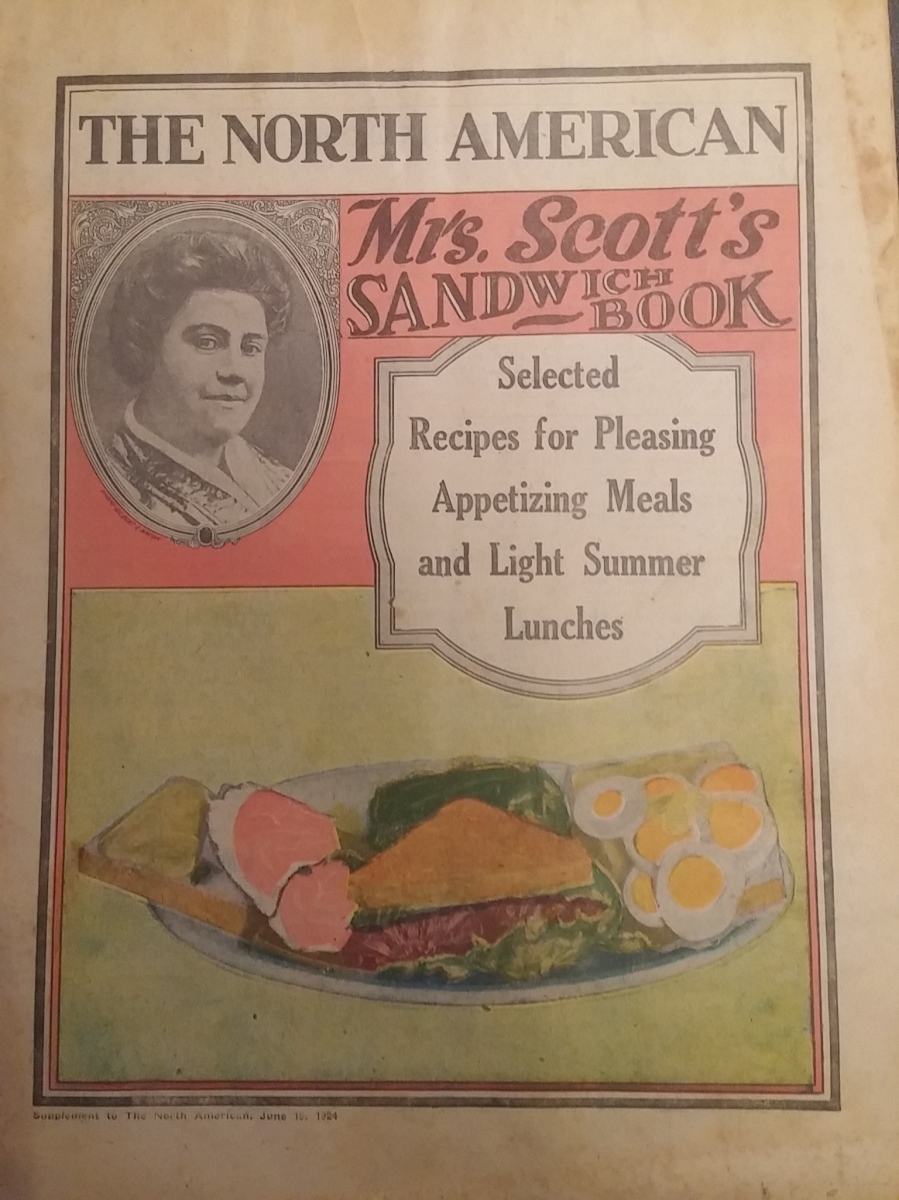
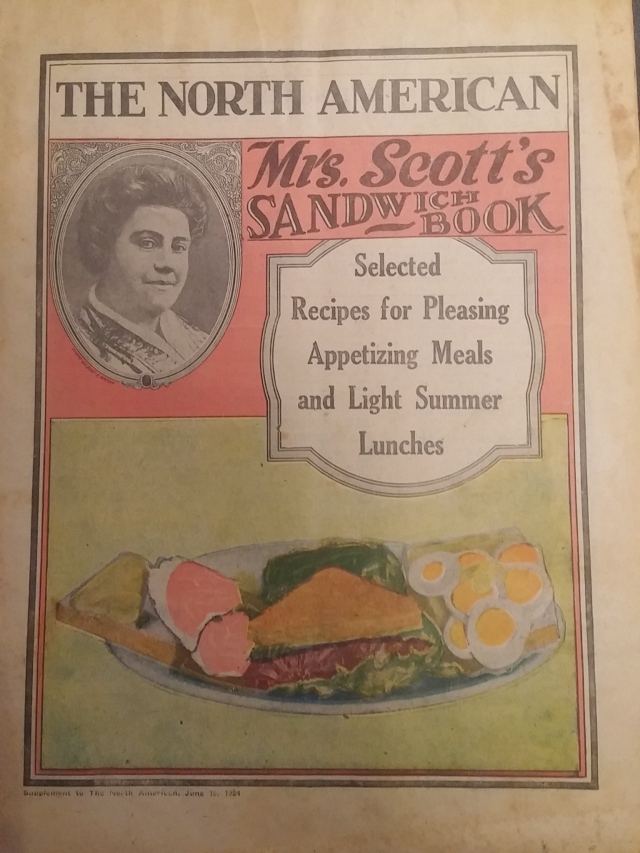


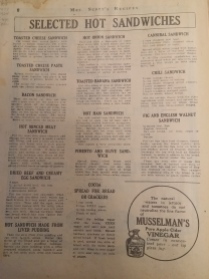









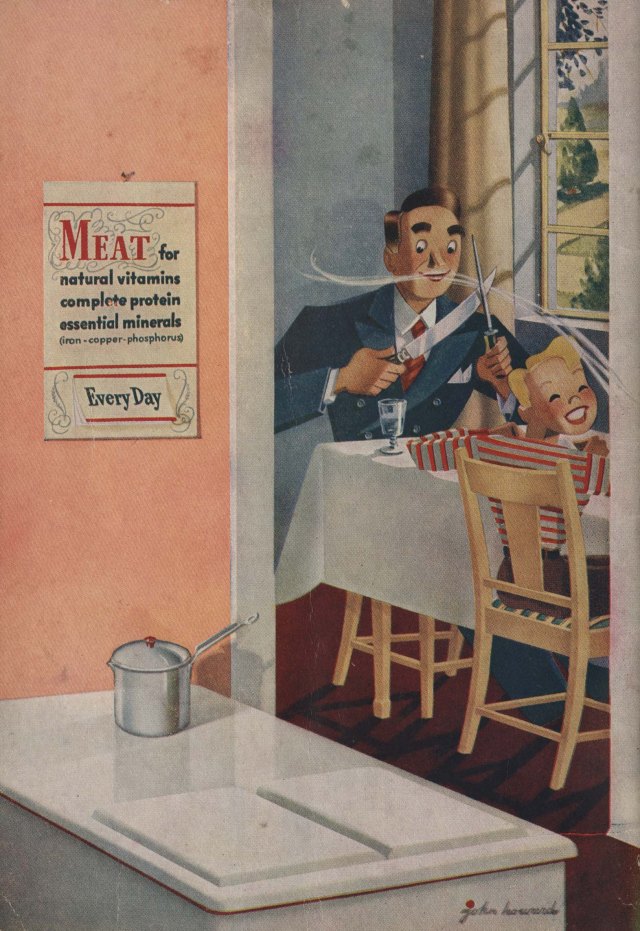




![TX715.H834_1881_4 These "Walnut Pickles" include a quite precise direction that they should be "gather[ed]...about the 10th of June, when you can stick a pin through them"](https://whatscookinvt.files.wordpress.com/2017/05/tx715-h834_1881_4.jpg?w=156&resize=156%2C238&h=238#038;h=238)
